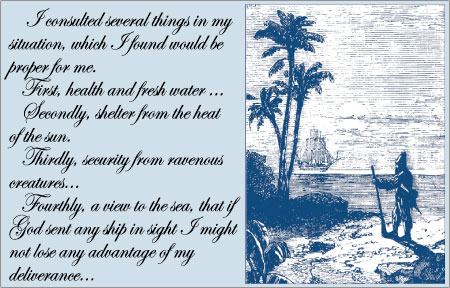 |
|
|
|
|
|
|
|
|
|
|
|
||
|
|
|
||
December 31, 1995

Continuing research into an unnatural-appearing area visible in early aerial photography of Nikumaroro (see TIGHAR Tracks Vol. 11 No. 3, “The Gilligan Hypothesis”) has prompted further speculation about its cause and possible significance. Whether this highly uncharacteristic break in the island’s beachfront vegetation is associated with the Earhart disappearance is still an open question. That the area (long since grown back to dense bush) merits detailed on-the-ground examination when TIGHAR returns to the island in September seems obvious. In the meantime, there are some observations which can be made through comparison of the four photographic images and their correlation to available historical and environmental data.
 July
9, 1937
July
9, 1937
This is a detail from a photo taken at about 08:30 in the morning, one week to the day after Earhart’s Electra disappeared. The picture, shot from one of three floatplanes launched from the battleship U.S.S. Colorado, is the earliest known aerial photo of the island. Although the quality of the image is not good, the opening in the beachfront vegetation is clearly visible. Historical records show that the region is receiving normal rainfall during this period and the island’s foliage is green and lush.
 The
next time the island was photographed from the air was fifteen months later
when a New Zealand survey team arrived to assess the island’s suitability
as a refueling stop for transpacific air commerce (“not suitable” was
the verdict). In this enhanced detail, the opening in the beachfront vegetation
is more pronounced than it was in 1937, possibly because the region had been
experiencing a severe drought for the past year. It is apparent that the bare
areas are oriented along straight lines-a strong indicator of human rather
than natural causation. At the time this photo was taken the island had been
uninhabited since 1892.
The
next time the island was photographed from the air was fifteen months later
when a New Zealand survey team arrived to assess the island’s suitability
as a refueling stop for transpacific air commerce (“not suitable” was
the verdict). In this enhanced detail, the opening in the beachfront vegetation
is more pronounced than it was in 1937, possibly because the region had been
experiencing a severe drought for the past year. It is apparent that the bare
areas are oriented along straight lines-a strong indicator of human rather
than natural causation. At the time this photo was taken the island had been
uninhabited since 1892.
December 1, 1938
 April
30, 1939
April
30, 1939
The latest view we have of this feature (below) is also the best. As tensions in the Pacific rose, the U.S. Navy started to gather information about various islands. As part of that process, at least four PBYs of VP-22 visited Gardner and took a number of low altitude oblique photographs. This is a detail from one of those photos and, although there is no indication that the Navy thought this feature was interesting, we find it rather intriguing. In the two years since the last photo, there appears to have been a considerable deterioration in the vegetation, despite the fact that the region’s rainfall had been normal and the rest of the island looks healthy. Not only has the clearing grown, but we can now see individual features which differ in appearance from the bushes and seem to be more characteristic of structures, as if coverings of some kind have been erected on poles to provide shade. The discoloration of the reef-flat seen in the 1939 photo is still apparent. At the time this photo was taken, about 57 Gilbertese were living at the other end of the island.
 June
20, 1941
June
20, 1941
At this time, all we can say with certainty is that there was, for several years, an opening in Nikumaroro’s beachfront vegetation which exhibited features characteristic of human activity and that this was present well before any documented settlement of the island. Without a photo pre-dating July 1937 it is impossible to know whether the opening was there prior to Earhart’s disappearance. However, if these are the “signs of recent habitation” reported by Colorado’s Senior Aviator; if one of the objects visible in the 1941 photo is the “water collection device” seen in 1944 by Coast Guardsman Richard Evans; if somewhere back in the bush is the aircraft which PBY pilot John Mims was told about in 1945; if the aircraft parts TIGHAR found in the abandoned village in 1989 and 1991 came from here; then the implications of these photographs with respect to the amount of time Earhart and Noonan may have survived on the island are staggering.
